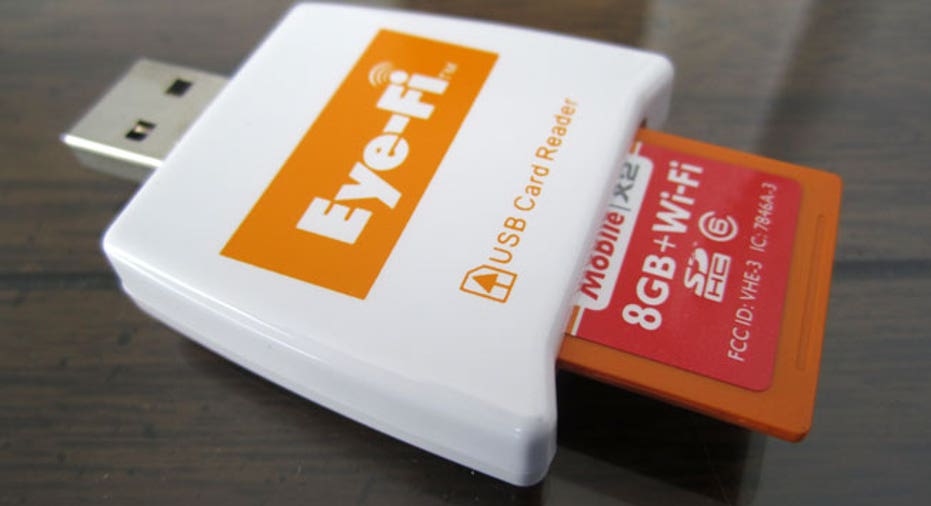US Credit Cards add Chip and PIN Security

The days of the credit card's magnetic stripe appear numbered, with so-called chip and PIN, or EMV-enabled, credit cards poised to immigrate onto America's payments landscape.
EMV-enabled cards, named for developers Europay, MasterCard and Visa, have an embedded microprocessor chip that encrypts transaction data differently for each purchase. The chip and PIN name has been adopted by banks in Ireland and the United Kingdom to refer to these smart cards. EMV is widely used in Europe and Asia and is steadily being adopted as the standard type of credit card worldwide. Everywhere, that is, except the U.S.
The status quo is slowly changing. In August, Visa announced several initiatives to encourage retailers to accept EMV-enabled cards. MasterCard followed up with its effort to persuade U.S. ATM owners to upgrade their machines to take the cards by April 2013. And this summer, several credit card companies rolled out chip cards to American globetrotters and business travelers to make overseas purchases easier.
"The U.S. is behind for a very simple reason: Consumers have not been asking for chip cards," says Bill McCracken, CEO of Synergistics Research Corp., an Atlanta-based marketing research firm for the financial services industry. "They have not understood the benefits of a chip card over a mag stripe. So why switch?"
EMV: Better Security Than the Mag Stripe?
Proponents of smart cards brag about the security EMV cards offer versus the traditional swipe-the-stripe cards. Because the transaction information is encoded uniquely every time, it's harder for criminals to pick up useful payment data pieces and use them again for another purchase, says Randy Vanderhoof, executive director of the Smart Card Alliance, a nonprofit with a mission of advocating smart card technology.
Compare that with magnetic stripes that contain what Vanderhoof calls "static" data, or payment information that never changes. All thieves have to do is lift that information and create a fake card before going on a shopping spree.
EMV cards nearly eliminate skimming scams, says George Peabody, director of emerging technologies advisory service at Mercator Advisory Group. So no more worrying about a server taking liberties with your credit card after a meal, like the Mugs 'N Jugs waitress in Florida who was arrested on charges of skimming the credit cards of bad tippers.
Unfortunately, head-to-head security comparisons are hard to come by. However, the UK Cards Association along with Financial Fraud Action UK published a report on card fraud in 2011, which found that counterfeit fraud losses in the U.K. dropped by more than 63 percent since 2004. The report attributes the steep decline to the broader usage and acceptance of chip and PIN cards in the country.
When using counterfeit mag-stripe cards overseas, criminals preferred the U.S., the study found. For the past five years, the U.S. earned the distinction of the No. 1 country for card fraud committed abroad.
Despite reducing card-present fraud, however, EMV does nothing more to prevent card-not-present fraud, such as online transactions, than the traditional mag-stripe card.
"If we are going to have a massive infusion to replace the infrastructure, card-not-present fraud needs to be addressed early in the process, so we don't have a blind spot where fraudsters have a wide open field," says Eric Lindeen, marketing director for Zoot Enterprises, a Bozeman, Mont., firm that provides credit decision and loan origination solutions to financial institutions.